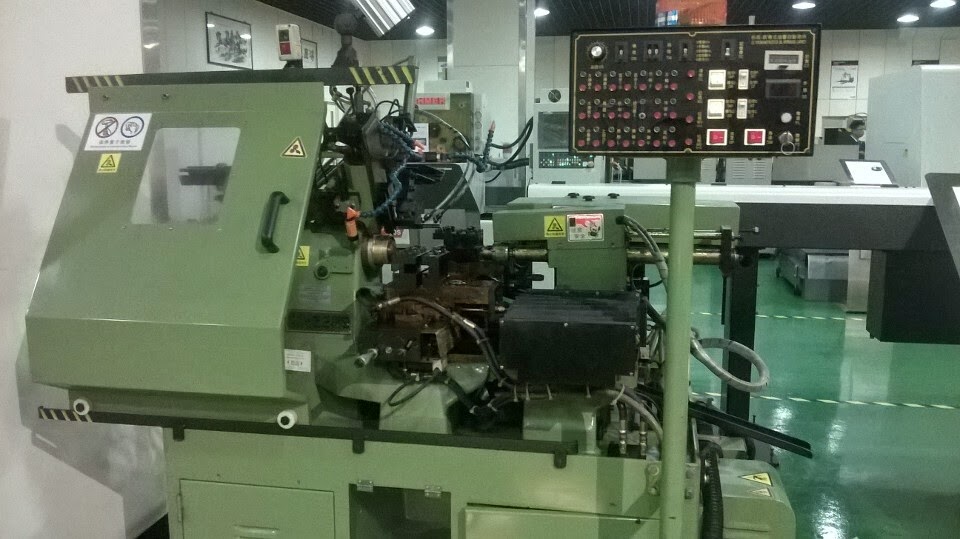Machine of Surface Finish Production
There are basically five mechanisms China CNC machining which contribute to the production of a surface which have been machined. These are:
(l) The basic geometry of the cutting process. In, for example, single point turning the tool will advance a constant distance axially per revolution of the workpiecc and the resultant surface will have on it, when viewed perpendicularly to the direction of tool feed motion, a series of cusps which will have a basic form which replicates the shape of the tool in cut.
(2) The efficiency of the cutting operation. It has already been mentioned that cutting with unstable built-up edges will produce a surface which contains hard built-up-edge fragments which will result in a degradation of the surface finish. It can also be demonstrated that cutting under adverse conditions such as apply when using large feeds small rake angles and low cutting speeds, besides producing conditions which lead to unstable built-up-edge production, the cutting process itself can become unstable and instead of continuous shear occurring in the shear zone, tearing takes place, discontinuous chips of uneven thickness are produced, and the resultant surface is poor. This situation is particularly noticeable when machining very ductile materials such as copper and aluminum.
(3)
The stability of the machine tool. China CNC machining Under some combinations of cutting
conditions; workpiece size, method of clamping ,and cutting tool rigidity
relative to the machine tool structure, instability can be set up in the tool
which causes it to vibrate. Under some conditions this vibration will reach and
maintain steady amplitude whilst under other conditions the vibration will
built up and unless cutting is stopped considerable damage to both the cutting
tool and workpiece may occur. This phenomenon is known as chatter and in axial
turning is characterized by long pitch helical bands on the workpiece surface
and short pitch undulations on the transient machined surface.
(4)The effectiveness of removing swarf. In
discontinuous chip production machining, such as milling or turning of brittle
materials, it is expected that the chip (swarf) will leave the cutting zone
either under gravity or with the assistance of a jet of cutting fluid and that
they will not influence the cut surface in any way. However, when continuous
chip production is evident, unless steps are taken to control the swarf it is
likely that it will impinge on the cut surface and mark it. Inevitably, this
marking besides looking.
(5)The effective clearance angle on the
cutting tool. China CNC machining For certain geometries of minor cutting edge relief and clearance
angles it is possible to cut on the major cutting edge and burnish on the minor
cutting edge. This can produce a good surface finish but, of course, it is
strictly a combination of metal cutting and metal forming and is not to be
recommended as a practical cutting method. However, due to cutting tool wear,
these conditions occasionally arise and lead to a marked change in the surface
characteristics.

没有评论:
发表评论